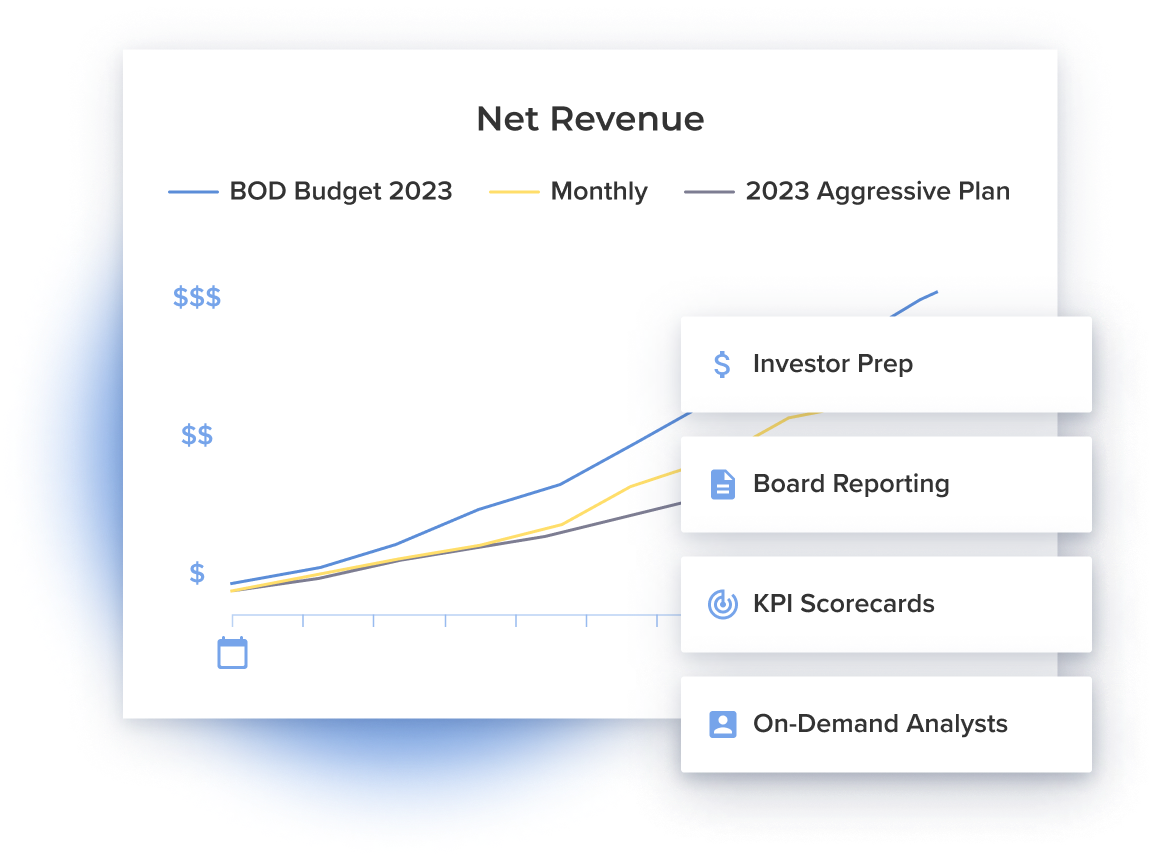A Word on Bootstrapping
Of course, the first stop on any DTC founder’s funding journey may very well be their own pocketbook. If you already have some wealth accumulated (or your co-founders do), investing your own money in the business means you are not giving equity away to someone else — in other words, when the returns come in, they’re all yours.
Realistically, not every founder can afford to bootstrap their DTC businesses for long — or at all. But these days, it’s more and more common for DTCs (and even software companies) to be fully bootstrapped. When the pandemic hit in 2020 and investors got spooked, some of the DTC brands who saw the most success were those that could lay claim to being fully bootstrapped. Examples include skincare brand Rosen and “superfood” drink purveyor Golde.
For some founders, bootstrapping isn’t an option past the very early stages. But if you can swing it as a product-based entrepreneur, it may be worth considering the upside. That said, if you’re like most entrepreneurs and not made of cash already, this guide will help you understand the other financing options available to you.
Pros:
- You’re not giving away equity to investors.
- There’s higher return potential.
- You are fully in control.
Cons:
- Cash is generally limited, unless you’re already quite wealthy.
- Focus on cash can cause slower growth than is possible.
- None of the extra expertise, networking opportunities, or social proof that can come with a seasoned investor.
Pairs With:
- Profitability! If you can build a model that turns fairly quickly, you might be able to keep going without taking on outside investments.
- Almost all debt products
- Anything, beyond that — in other words, you can bootstrap as long as you’re able and then move on to other funding sources.



